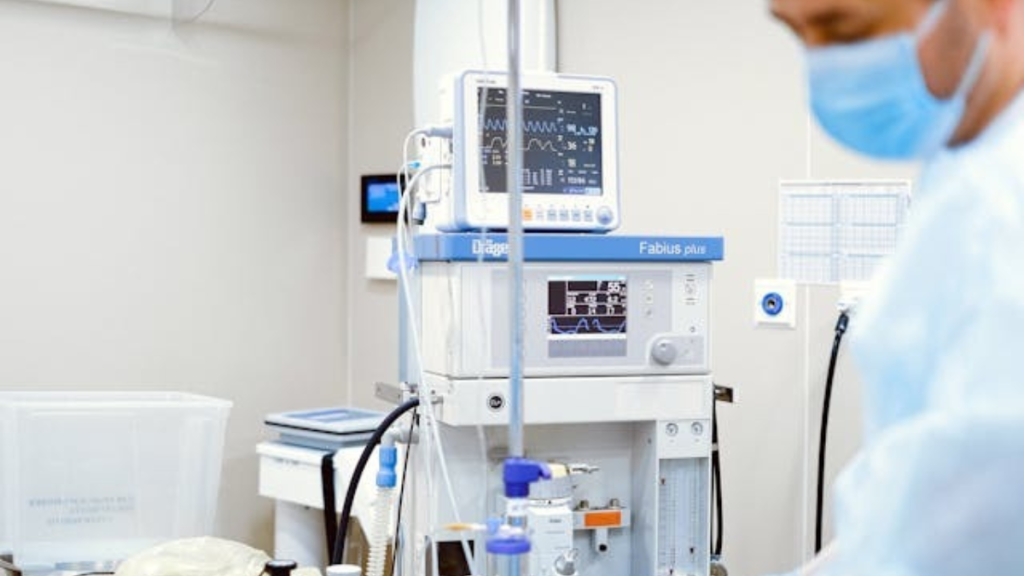Dr. Eugene “Gene” Saltzberg, MD, is a board-certified emergency medicine physician with over three decades of experience in clinical care, education, and healthcare advocacy. As an associate professor at Chicago Medical School, he teaches courses on differential diagnosis and emergency procedures while mentoring future physicians. A founding member of the American Academy of Emergency Medicine and a fellow of the American College of Emergency Physicians, Dr. Saltzberg has contributed to national discussions on public health and ethics, including co-authoring a widely referenced paper on COVID-19 vaccine mandates. He also serves as a volunteer medical director for Lambs Farm, a nonprofit serving adults with developmental disabilities. His career has spanned hospital leadership roles, veteran care, and academic influence—positioning him as a trusted authority on improving diagnostic accuracy and patient safety.
Medical malpractice occurs when a healthcare professional’s negligence causes harm to a patient. One of the most prevalent medical malpractices is misdiagnosis, which can take the form of a wrong, missed, or delayed diagnosis. Here is how patients can help reduce diagnostic errors. Misdiagnosis means the real condition or disease goes untreated until it’s too late. For example, an injury that a simple surgically might have fixed may progress to a point where amputation is done. In addition to resulting in needless hospital bills, misdiagnosis may expose patients to complications and injuries from unnecessary surgical procedures. Common causes of misdiagnosis include insufficient time with patients, improper testing, inexperience, and overconfidence. Not all misdiagnosis cases are due to negligence. A glitch in testing equipment or an honest mistake, for example, in collecting, handling, or processing samples, may result in a misdiagnosis. Patients can help reduce the risk of misdiagnosis by being proactive and informed. Seeking medical help as soon one feels unwell helps avoid delayed diagnosis. Being proactive also means showing up for appointments, undergoing all necessary tests, and reviewing results with the doctor. During a diagnosis, a professional asks questions relating to a problem. They may use previous diagnoses to eliminate unnecessary tests. Volunteering all the details about symptoms, lifestyle, or any medications one might be taking helps the physician narrow down the problem. One of the leading causes of misdiagnosis is self-diagnosis. When a patient dismisses some symptoms as irrelevant and not worth mentioning, they cause their doctor to make an uninformed decision. Patient involvement is crucial for timely and accurate diagnosis. An involved patient can catch inconsistencies and ask questions whenever something is unclear. They can also challenge their physician’s assumptions. Patients should inquire about alternate tests worth considering. If the recommended treatment fails, patients should notify their physician. Patients should always be open to seeking a second opinion. Perhaps the lab overlooked something, or the radiologist missed something in an X-ray image. Having another professional review test results or treatment recommendations or run separate tests before proceeding with treatment helps avoid unnecessary procedures. While seeking a second opinion is recommended, switching between medical providers can open an information gap. Another common cause of information gaps is when a patient is transferred between facilities or departments. To prevent information gaps, patients should know their medical history and past diagnoses and treatments. They should also ensure that subsequent practitioners are adequately informed. Healthcare settings can be intimidating. That, coupled with their fast-paced nature, can cause patients to overlook or forget some symptoms or questions. Individuals should track symptoms, even seemingly unrelated signs. They should also write down any concerns or questions they might have concerning their symptoms. Healthcare providers recognize the impact of interpreters on patient outcomes; as such, some provide trained interpreters. Interpreters help bridge the communication gap. Older patients and those with a limited understanding of English or medical terms should have someone accompany them to appointments. A third party will help ensure the patient understands the practitioner and vice versa. They could also advocate for the patient. Misdiagnosis has far-reaching implications for patients. Moreover, it’s hard to prove that a misdiagnosis was due to negligence. Patients should never take chances. They should participate in the diagnosis by volunteering information, asking questions, and seeking clarifications. Even simply repeating what they understood can help a practitioner catch an error.




